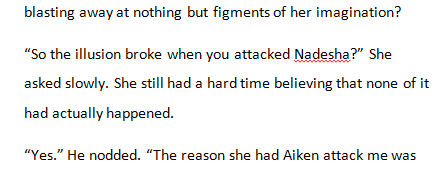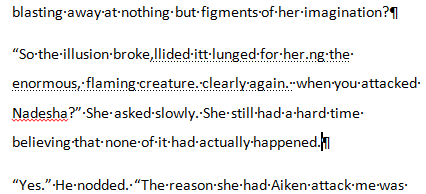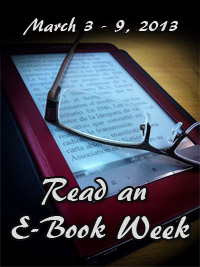
I go to a lot of conventions and often people will ask me about the publishing process. Self-publishing is not that common in Denmark(just like ebooks are only slowly starting to become an alternative to paper books here) and many have no idea you can publish a book yourself. I have had quite a few people contact me after a convention as well, wanting to know more because they are interested in publishing something they wrote. I’m happy to help, but it becomes some rather lengthy conversations, since I want them to know what they’re getting into, and there’s a lot more to publishing than just writing a book.
So here I’ll try to prepare a list of the main things you have to go through before you’re ready to self-publish. It’s just a summary, and I still suggest to do a lot of research on the subject, but it’s a place to start for those who know nothing about the process to begin with.
Decide on Your Route
Self-publishing is not for everyone. Some enjoy the complete control it gives you, but it’s also a lot of work, and no one will hold your hand through it. You have to do everything yourself. If you go the traditional route, you will have a publisher hiring editors, cover artists, people to format your book, plus they will make sure to get it out to retailers. If you self-publish, you have to take care of all that yourself, but in return, you also get to make all the decisions. No chance of getting cover art you hate or having to cut your favorite scene out of the book.
If you want to go the traditional publishing route, you need to find a literary agent willing to help you sell your book to a publisher. They will be able to guide you along. On the other hand, if you’re ready to do the work of self-publishing, get ready to do some research after finishing reading this list!
Editing
If you think simply writing a book is enough, you’re in for a rough time. Editing a book is the thing I hate the most about publishing. It’s an absolute nightmare, but it’s also the most important thing for creating a quality book.
Editing is not the same as proofreading. Proofreading is the stage where your book is nearly ready and just needs to be read through for spelling and grammar mistakes.
Editing involves a lot of things:
– Making sure the story is consistent. This means no contradictions later in the story or plot holes that make no sense. It can’t be spring in the beginning of the book and then two months later in the story be winter.
– Improving the writing technique(the technique, not the grammar or spelling). You might use a certain phrase too often or your writing might be moving at the completely wrong pace. That’s the kind of thing that needs to be corrected in the editing phase.
– Developing the story. Your first draft might have to change a lot in order for the story to move along and your characters to become deep and interesting.
–
Personally, I edit my own books from front to back about 4-5 times. It’s crucial that you go through it yourself first, because there will be many things you want to change. But editing yourself is far from enough, as it’s extremely hard to see the weak points in your own writing and nearly impossible to catch all consistency mistakes. It’s because you know your own story. You know what should happen and how the characters should act, so that is what you see when you read the text, even if it’s not really what’s written. So you need other eyes on it after you’re done with your own editing.
The very best thing you can do is to hire a professional editor. They know what they’re talking about and can be a huge help in getting your book to where it needs to be. However, not everyone can afford that, but that doesn’t mean it’s acceptable to publish an unedited book. Trade favors with other authors to get them to help you, get friends(preferably ones who won’t just smile and say it’s all great to spare your feelings) to give feedback. If you can’t afford an editor, get as many qualified people to help you out as possible.
Proofreading
As I wrote above, proofreading is the step that follows the editing process. You can hire a proofreader, but professional help is not nearly as crucial at this step, so if you find 2-3 people with a good grip on the grammar and spelling of the language you write in and get them to proofread for you, it should suffice.
Getting Cover Art Made
People judge a book by its cover. Everyone says they shouldn’t, but they do. And that’s completely fair.
If you don’t bother putting effort into the cover, why should readers believe that you put effort into the book? Unless you have experience with graphic design, DO NOT try to design your own cover. A lot of self-published books have cringe-worthy covers, clearly made in Paint with no graphic skills whatsoever. They signal extremely low quality, and many people won’t even glance at the book summary if the book’s cover is horrible.
You can get a cover made professionally fairly cheap, so this really isn’t the place to save money. You can have a graphic designer use stock photos to make a cover or you can do like me and get an artist to make you custom-made artwork for a graphic designer to use.
Formatting
Formatting is the act of preparing your digital book file for publication. It’s also something you can hire someone to do, but if you’re good with computers, it’s not that hard to do. It just takes a long time!
Before formatting, decide which formats you want your book in. Do you want both an ebook and a print version? How many different ebook formats do you want your book to be available in?
Many ebook retailers will accept a Word document or a PDF, and then convert it for you, so unless you want every format to be flawless, you probably won’t have to format more than two files. I personally suggest formatting one for print and then a Word file that meets Smashwords’ requirements. Of course, you will have to change a few things every time you upload the file to a new retailer (Amazon won’t accept a file that says ‘Smashwords Edition’ on the first page), but if you format after Smashwords’ guide, it should otherwise be fine for any converting process.
Smashwords’ converting system is one that converts your Word file into nearly all ebook formats at once. It’s very hard to format it so nothing goes wrong in the converting process, but it’s worth it to make the effort to get it right. Mark Coker, the founder of Smashwords, wrote an excellent guide on formatting rules: Smashwords Style Guide
Remember that formatting for print is very different(but a lot easier). Do your research.
Distributing
Editing done? Proofreading done? Cover art made? Formatting done?
Great! You’re ready to publish.
There’s a lot of ways to distribute your book. For your print book, you’ll probably want to choose a Print on Demand publisher that will let you create a print version of your book and then print copies every time some are ordered. For ebooks, you can either go the easy route and let a distributor site like Smashwords send your book out to all major retailers, or you might want to upload your book directly to retailers who allow you to. Uploading directly will give you more control and faster updating, but it’s also more work. Under any circumstance, there’s some retailers who ONLY accept books through a distributor site, so you will probably have to go through one, anyway.
I, myself, upload directly to Amazon, then let Smashwords handle other retailers. In my case, I have to do it that way, as very few retailers will let non-US authors upload directly. For printing, I use Createspace. They are cheap and easy to use (and excellent quality), but the main reason I prefer them is because they list your print book on Amazon for no extra charge.
Here’s a list of Print on Demand options and ebook retailers I have experience with.
Print on Demand options:
Ebook retailers:
Amazon
Smashwords
Apple iBookstore
Barnes & Noble
Kobo
Diesel Ebook Store
—
Wow, this got a lot longer than I meant it to be. Yet it only covers the basics of self-publishing. Don’t even get me started on marketing and promotion. That’s an entire book by itself. The best advice I can give you:
Research, research, research!
Oh, and stay away from Author Solutions. Really, I mean it. They will screw you over.
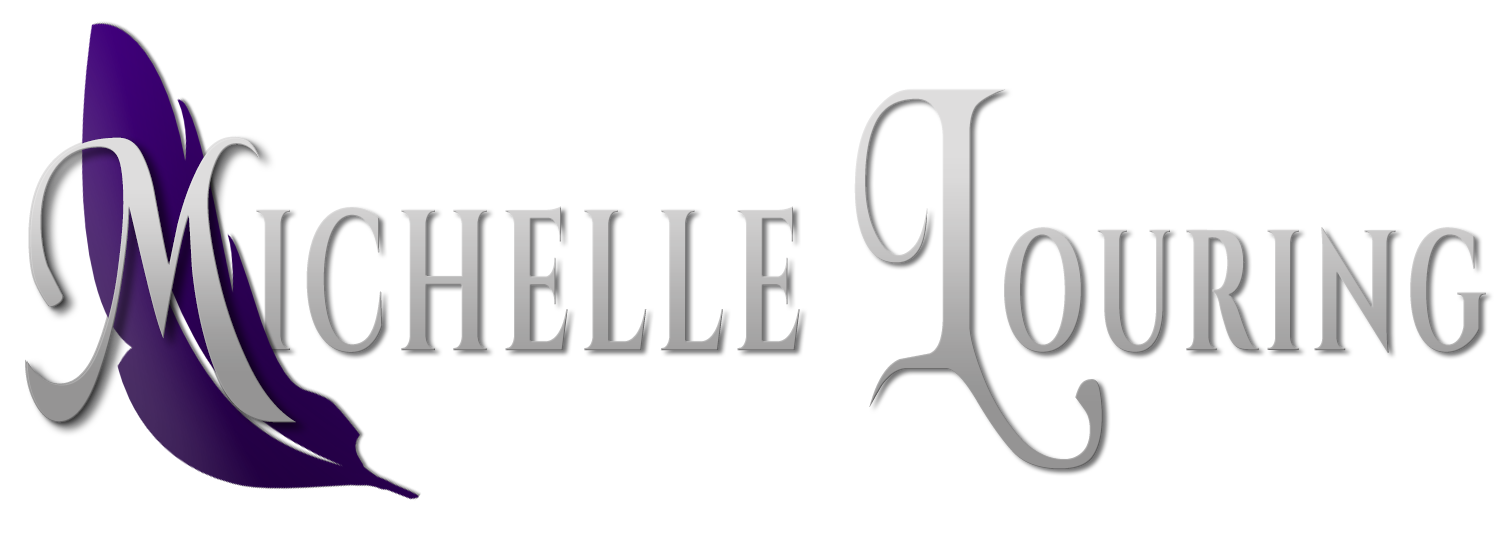
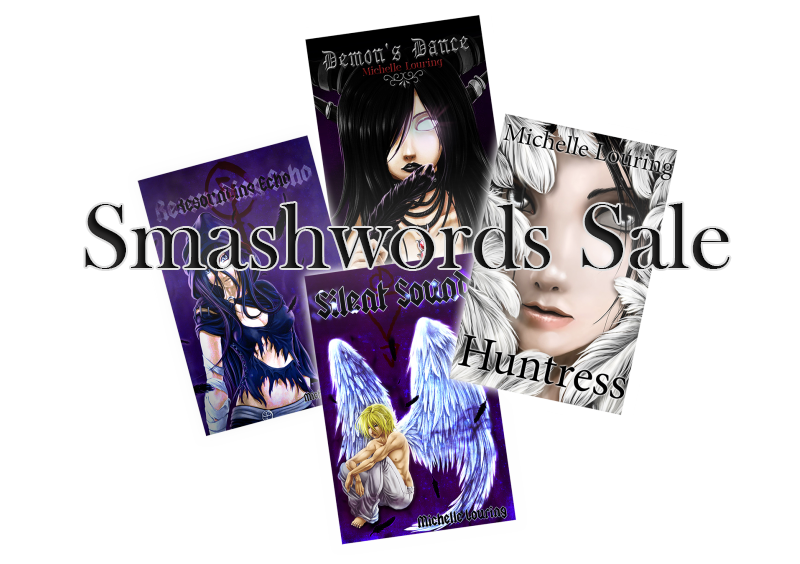
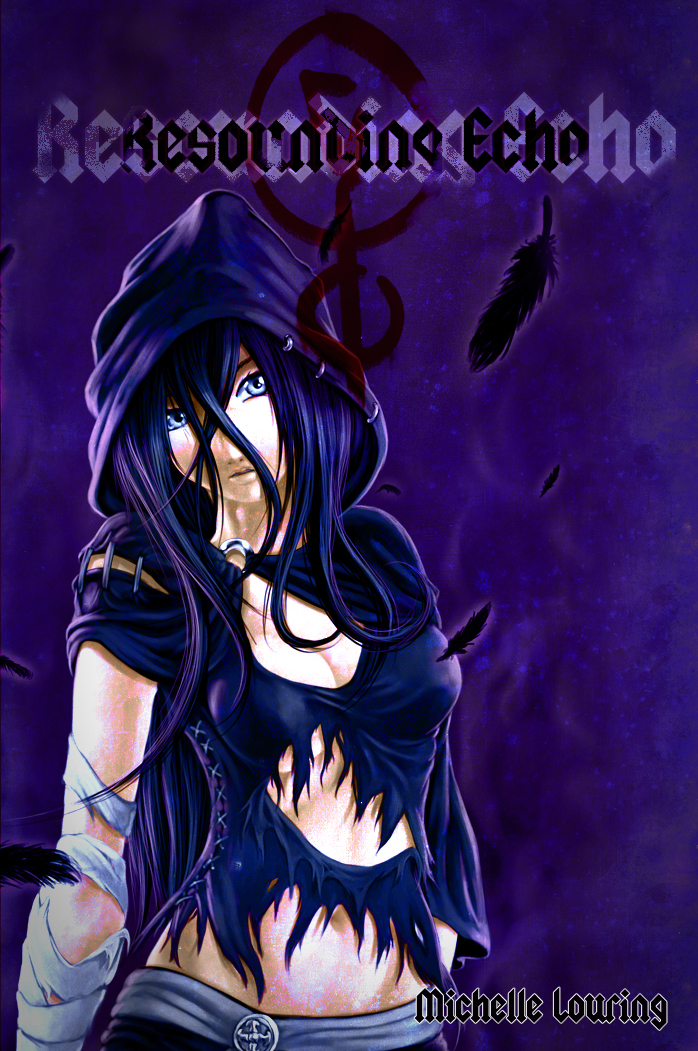 Resounding Echo
Resounding Echo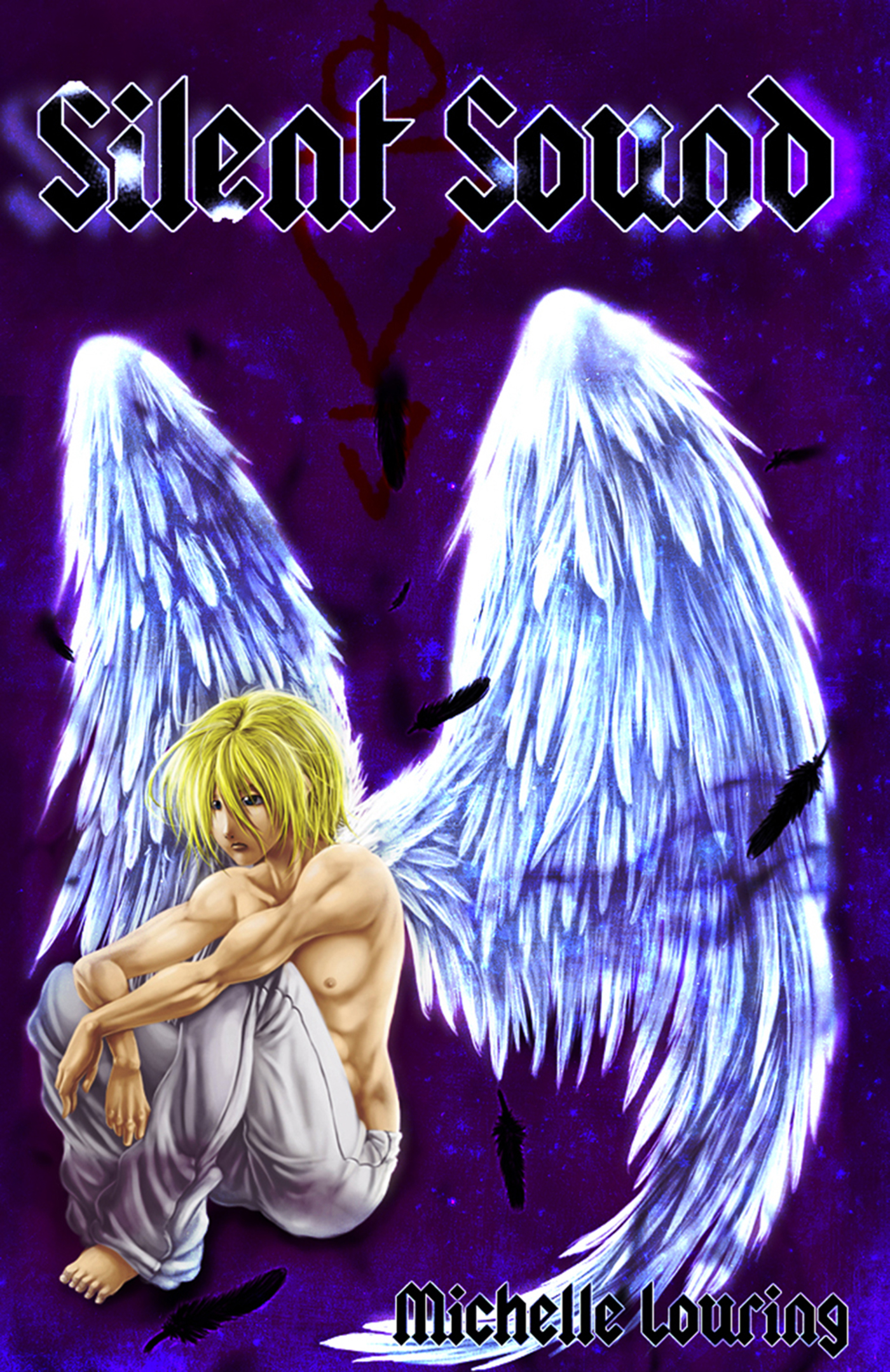
 Huntress
Huntress
